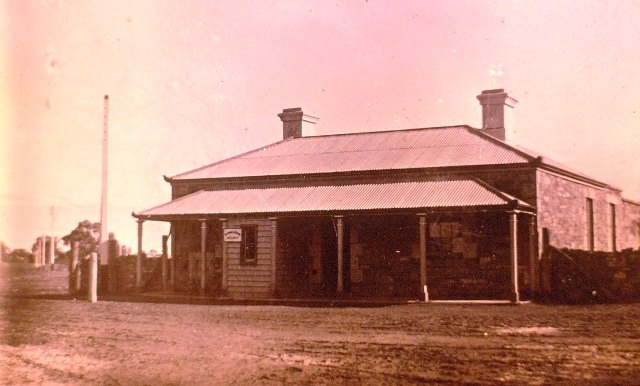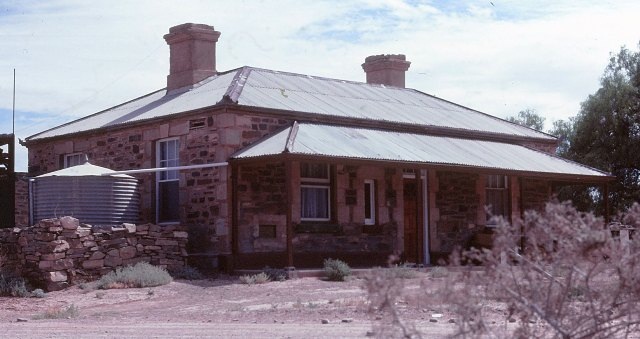Overland Telegraph Line
The Overland Telegraph Line was the greatest engineering feat of 19th-century Australia. It crossed almost impenetrable, unexplored land that just a decade before had claimed the lives of explorers Burke and Wills. Messages that had once taken three months to reach London now took less than a day.
The OTL reached Beltana in 1871 and following the opening of the line in 1872, Beltana had a telegraph service that operated until 1926. The Beltana Telegraph Station was one of eleven set up along the line at intervals of 200 to 290 kilometres. Its role was to receive and retransmit messages to the next station in the line as well as maintain its section of the line. As there was no mains electricity to power the lines, each station had its own power supply—a set of glass batteries called Meidinger cells.
For many years, the Overland Telegraph Line was the way Australia kept in touch with the world—and other Australians. In 1942, the rest of Australia heard about the bombing of Darwin by the Japanese via the OTL. In anticipation of an invasion, the decision was made to cut the international cable and this was never repaired after the war as new technologies, such as radio and airmail, made the telegraph redundant. Even so, the line remained in use within Australia until the 1970s, when it was replaced by microwave links.



